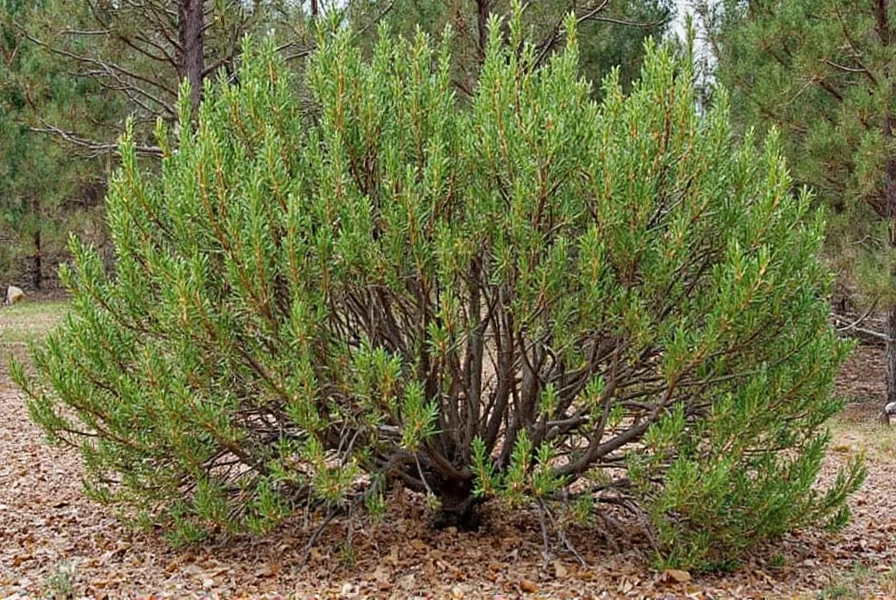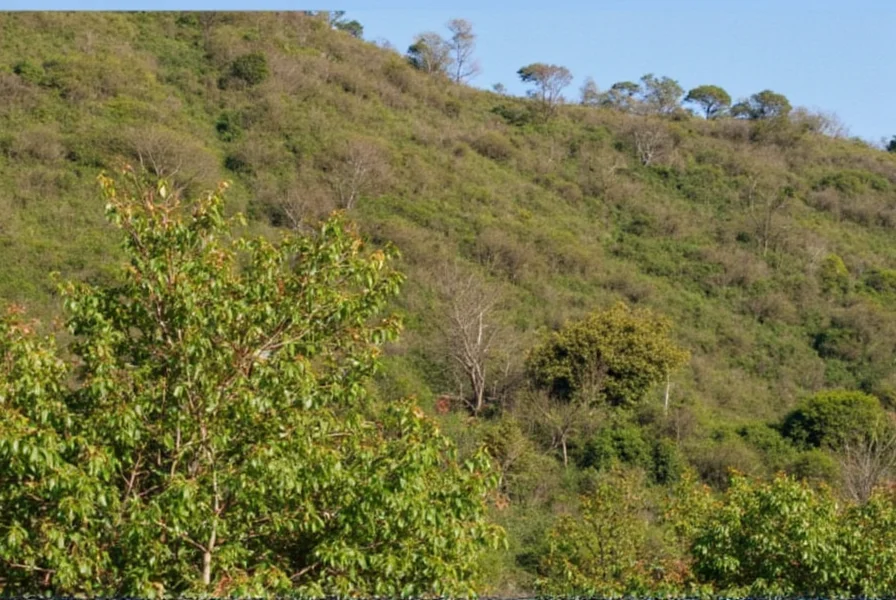When researching cinnamon cultivation elevation requirements, it’s essential to clarify that “Mount Cinnamon” is not a legitimate geographical location. True cinnamon (Cinnamomum verum), also known as Ceylon cinnamon, thrives in tropical climates with specific environmental conditions rather than on dedicated mountains. This article explores the actual growing regions, elevation preferences, and common misconceptions surrounding cinnamon production.
Understanding Cinnamon’s Natural Habitat
Cinnamon trees flourish in USDA hardiness zones 9–11, requiring consistent temperatures between 20–30°C (68–86°F) and high humidity levels. Unlike alpine crops, cinnamon cultivation occurs primarily in lowland tropical regions where these conditions persist year-round. The misconception of “Mount Cinnamon” likely originates from fragmented historical accounts of spice trade routes or confusion with actual mountainous growing regions in Sri Lanka and Indonesia.
Actual Cinnamon Growing Regions and Elevations
While cinnamon doesn’t grow on a specific “Cinnamon Mountain,” several regions cultivate this valuable spice at varying elevations:
| Region | Primary Cinnamon Type | Typical Elevation Range | Annual Rainfall |
|---|---|---|---|
| Sri Lanka (Ceylon) | Ceylon cinnamon (C. verum) | Sea level – 1,000 meters | 2,000–3,000 mm |
| Indonesia (Sumatra) | Korintje cinnamon (C. burmannii) | 0–500 meters | 2,500–3,500 mm |
| China | Cassia (C. cassia) | Sea level – 300 meters | 1,500–2,000 mm |
| Vietnam | Saigon cinnamon (C. loureiroi) | 100–500 meters | 1,800–2,500 mm |
As shown in the cinnamon cultivation elevation chart, these trees prefer relatively low elevations. The highest quality Ceylon cinnamon grows in Sri Lanka’s coastal plains and lower hills, never in high mountain regions. The term “Mount Cinnamon” appears to be a modern misnomer, possibly conflating cinnamon’s historical importance with actual geographical features.

Why Cinnamon Doesn’t Grow at High Elevations
Cinnamon trees cannot survive frost or temperatures below 15°C (59°F), which eliminates high mountain regions from consideration. Their shallow root systems require well-drained but consistently moist soil, conditions typically found in tropical lowlands rather than mountainous terrain. The optimal elevation for cinnamon growth remains below 1,000 meters, where temperatures stay warm year-round and monsoon rains provide adequate moisture without causing waterlogging.
Historical Context of the “Mount Cinnamon” Misconception
Historical spice trade documentation sometimes referenced “Mount Cassia” or similar terms when describing cinnamon-producing regions in ancient China, but these were general references to mountainous areas rather than specific peaks. European explorers in the 15th–17th centuries often misinterpreted Asian geographical descriptions, leading to cartographic errors like the mythical “Mountains of the Moon” in Africa. The phrase “Mount Cinnamon” likely emerged from similar historical misunderstandings rather than representing an actual location.
Modern Cinnamon Production Realities
Today, cinnamon cultivation follows precise agricultural practices rather than occurring on specific mountains. Producers carefully manage:
- Soil composition – Prefers sandy clay loam with pH 4.5–5.5
- Shade requirements – Young plants need 20–30% shade
- Harvest timing – Bark harvested from 2-year-old shoots during rainy season
- Elevation considerations – Higher elevations in growing regions produce more delicate flavor profiles
Understanding these cinnamon cultivation requirements helps clarify why no single “Mount Cinnamon” exists – the spice thrives across multiple regions within specific environmental parameters, not on one dedicated mountain.

Practical Guidance for Cinnamon Growers
For those interested in growing cinnamon at home or commercially, elevation represents just one factor among many. Successful cultivation requires attention to microclimate conditions rather than seeking a mythical mountain location. In non-native regions, cinnamon can be grown in greenhouses or as container plants where temperatures remain consistently warm. The key is replicating tropical lowland conditions rather than pursuing high-elevation sites.
Does cinnamon actually grow on a mountain called Mount Cinnamon?
No, there is no recognized geographical feature named Mount Cinnamon. Cinnamon trees grow in tropical lowland regions between sea level and 1,000 meters elevation, primarily in Sri Lanka, Indonesia, China, and Vietnam. The term likely stems from historical misunderstandings of spice-producing regions.
What is the ideal elevation for growing cinnamon?
Cinnamon grows best at elevations between sea level and 1,000 meters (3,280 feet). Ceylon cinnamon typically grows below 1,000 meters in Sri Lanka, while Indonesian Korintje cinnamon prefers elevations under 500 meters. Higher elevations within these ranges often produce more delicate flavor profiles.
Why do people search for Mount Cinnamon?
People often search for Mount Cinnamon due to historical confusion, misinterpretation of spice trade documentation, or conflation with actual cinnamon-producing regions. Some may confuse it with Sri Lanka's Central Highlands or Indonesia's mountainous growing areas, though no specific 'Cinnamon Mountain' exists on modern maps.
Can cinnamon be grown at high elevations?
Cinnamon cannot grow at high elevations above 1,000 meters due to temperature requirements. The trees cannot survive frost or temperatures below 15°C (59°F), which eliminates true mountainous regions from consideration. The highest quality cinnamon grows in tropical lowlands and coastal plains with consistent warmth and humidity.
Where does the best cinnamon grow?
The highest quality Ceylon cinnamon grows in Sri Lanka's lowland regions between sea level and 1,000 meters elevation, particularly in the wet zone districts. Indonesian Korintje cinnamon thrives in Sumatra's lowland rainforests below 500 meters. Elevation affects flavor profile, with slightly higher elevations within the optimal range producing more delicate, complex flavors.










 浙公网安备
33010002000092号
浙公网安备
33010002000092号 浙B2-20120091-4
浙B2-20120091-4